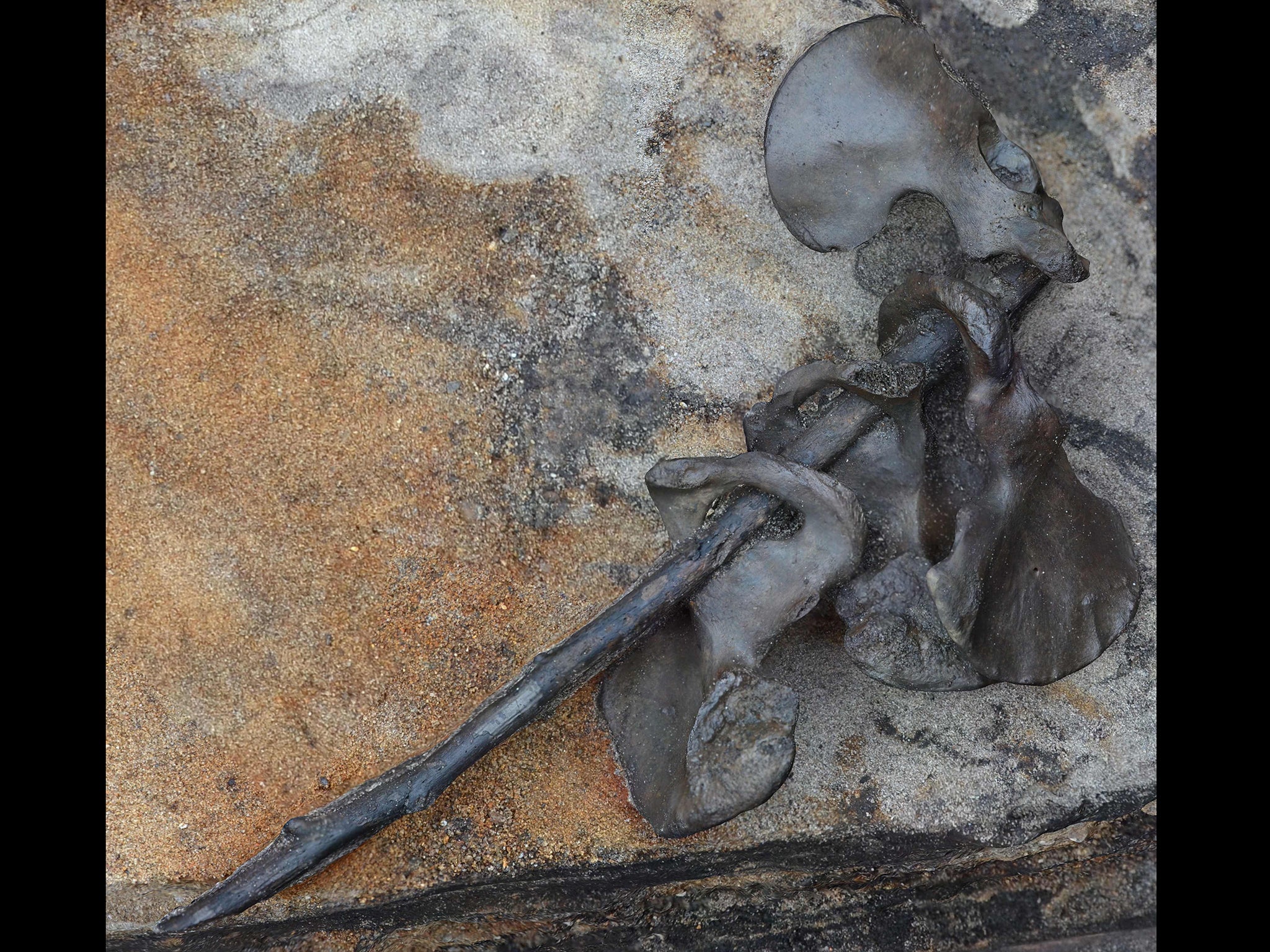Thousands of ancient bones from warriors killed in battle 2,000 years ago found in Denmark
Many had injuries on right side, suggesting fighters may have been holding shields

Your support helps us to tell the story
From reproductive rights to climate change to Big Tech, The Independent is on the ground when the story is developing. Whether it's investigating the financials of Elon Musk's pro-Trump PAC or producing our latest documentary, 'The A Word', which shines a light on the American women fighting for reproductive rights, we know how important it is to parse out the facts from the messaging.
At such a critical moment in US history, we need reporters on the ground. Your donation allows us to keep sending journalists to speak to both sides of the story.
The Independent is trusted by Americans across the entire political spectrum. And unlike many other quality news outlets, we choose not to lock Americans out of our reporting and analysis with paywalls. We believe quality journalism should be available to everyone, paid for by those who can afford it.
Your support makes all the difference.The bones of thousands of men and boys who were killed in a battle 2,000 years ago have been found in Denmark, researchers have said.
Experts are trying to piece together exactly what happened at Alken Enge, on the country's Jutland peninsula.
But without local written records there is little evidence to determine the exact details.
The organised nature of the remains points to a ritual clearing of a battlefield.
Many of the bones had injuries on their right side, suggesting that fighters may have been holding shields.
The remains of at least 82 people were found, including four pelvic bones strung on a stick, according to the report published on the findings in the Proceedings of the National Academy of Sciences journal.
More than 2,300 human bones were contained in peat and lake sediments over 185 acres (75 hectares) and radiocarbon-dating put them between 2 BC and 54 AD.
"The bones are extremely well preserved," co-author Mette Lovschal, of the Department of Archaeology and Heritage Studies at Aarhus University, told the Agence France Presse.
"And you can see stuff that you can normally not see in them, like the gnaw marks of animals and you can see the cut marks from sharp weapons. That is highly unusual."
Some of the bones came from people as young as 13, while others were from those as old at 60.
It is possible the remains are from Roman soldiers, who were expanding through the continent at the time.
"What they do in the succeeding decades is have these military raids in Germania, basically to punish the barbarians for this huge defeat," said Ms Lovschal. "What we actually think we are seeing here could be the remains of one of those punitive campaigns."
Join our commenting forum
Join thought-provoking conversations, follow other Independent readers and see their replies
Comments